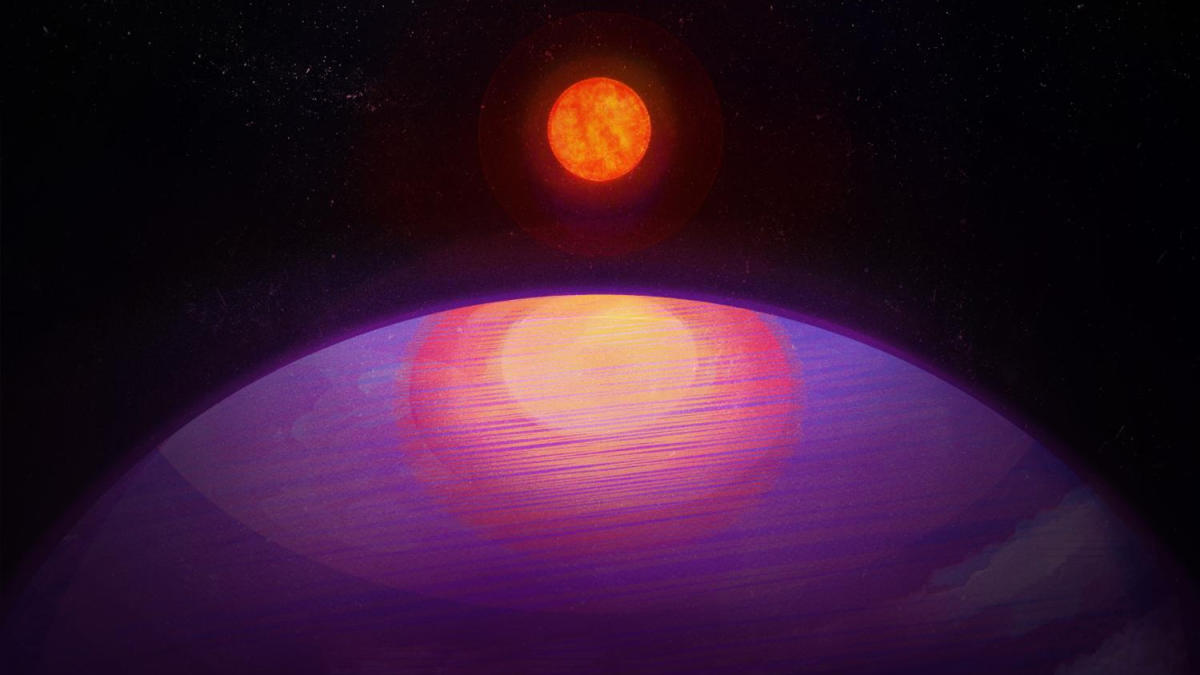A massive exoplanet orbiting an ultracool dwarf star has been discovered by astronomers. Called LHS 3154 b, the planet is 13 times as massive as Earth and has a mass similar to Neptune. The parent star, LHS 3154, which is nine times smaller than the sun, orbits around 51 light-years away. This means that the mass ratio between the Neptune-like world and its parent star is 100 times greater than the mass ratio between Earth and the sun, challenging current planetary models. This discovery raises questions about how stars and planets are formed, as this exoplanet’s mass exceeds the expectations of current models. The researchers, including Penn State’s Suvrath Mahadevan and Megan Delamer, detected LHS 3154 b using the Habitable Zone Planet Finder (HPF) at the Hobby-Eberly Telescope. This finding is significant as it exceeded the expectations for the instrument and demonstrates its potential to deliver important exoplanet research findings. Published on Nov. 30 in the journal Science, this discovery pushes the boundaries of what we know about the universe and how planets and stars are formed.
Discover the Massive Exoplanet Forbidden by Its Star


